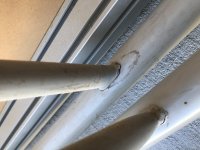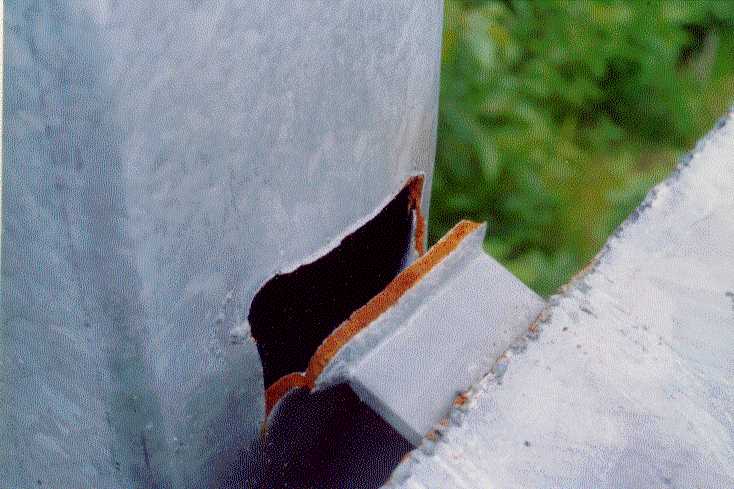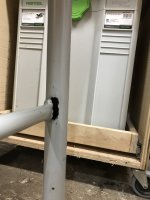I am sure this is caused by prolonged stress folding table, and transporting table. But I really don't use this thing a whole hell of a lot. It lives folded up 65% of the time in my shop.
And no, my shop was not underwater. I still have the original top on this thing. I thought for sure I would have been replacing the top before the legs. Changing the legs out was never in my mind.
[attachimg=1]
And no, my shop was not underwater. I still have the original top on this thing. I thought for sure I would have been replacing the top before the legs. Changing the legs out was never in my mind.
[attachimg=1]



